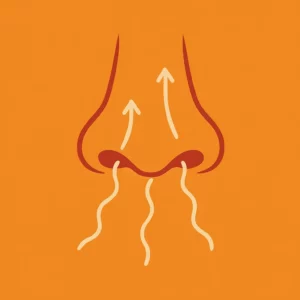One of the great marvels of the mouth is the role that saliva plays in the healing capacity of our teeth and soft tissues. Likely this is a topic upon which you have thought very little unless you’re one of the patients who is suffering from a severe lack of saliva. This condition is commonly called xerostomia or dry mouth. Most patients who suffer from xerostomia do not become aware of the problem until they have lost at least 60% of their salivary flow.
What is the magic behind our spit?
Our saliva plays a complex role in aiding digestion, in tooth remineralization, in assisting our immune response against pathogens and more. Saliva is 98-99% water with the remaining concentration consisting of electrolytes, enzymes, antimicrobial agents and proteins. We have three major salivary glands: the parotid (in our cheeks), the submandibular and sublingual (under the tongue). Salivary proteins synthesize saliva using water and nutrients from our blood.
There is a two part process to the creation of our saliva. First, water and electrolytes (sodium, potassium, etc) are extracted from the plasma of our blood. During the next phase in preparation for salivary secretion, the glands enhance the plasma derived liquid by adding enzymes and proteins.
A few key proteins and their role in the proper functioning of our saliva. This is by no means an exhaustive list, just a few to highlight the powerful nature of our spit.
- Amylase–serves to initiate digestion by breaking down starches into maltose and dextrins.
- Lysosomes-breakdown bacterial cell walls which can lead to cell death of pathogensLactoferrin-contributes significantly to antimicrobial defense by sequestering iron. By binding free iron, lactoferrin sequesters an essential nutrient necessary for bacterial growth and metabolism.
- Histatins-play a role as antifungals. They have the ability to disturb fungal cell membranes by disturbing intracellular ion balance leading to cell death
- Mucins-help to lubricate the oral cavity creating a protective barrier over the mucosa and teeth to reduce mechanical stress and minimize bacterial colonization.
- sIgA (secretory immunoglobulin A)-is an antibody found in the saliva that plays a role in preventing bacterial adhesion to oral surface helping to reduce the risk of tooth decay and periodontal disease
What causes dry mouth?

There are many contributing factors to experiencing dry mouth. The most common are the maturation process (aka aging), pharmaceuticals, systemic conditions (like diabetes) and diet. The loss of salivary flow can be a strong contributor to dysbiosis of the oral cavity leading to trouble eating, swallowing and speaking. There can also be an increase in plaque formation and cavity development. In my experience as a dentist, dry mouth is the leading cause of tooth decay in my aging population. If you or a loved one suffers from this condition, you know the struggle to maintain some form of oral hydration.
Why is just drinking lots of water not a solution?
When I speak with patients about how they deal with their dry mouth symptoms, the number one response I receive is that they drink more water. Since saliva is 98% water this is a good start but there is some concern about increasing our water intake without also increasing the necessary minerals our body needs to function properly. Minerals like sodium, potassium, calcium and magnesium. Too much water can lead to stress on our kidneys and dilute the sodium content in our blood.
If you’re drinking a lot of water due to dry mouth, you should speak to your provider about possibly adding minerals to your water. Sports drinks can contain the necessary minerals but also contain calories and sugar that are contraindicated in the sedentary population. A product that I like and use during workouts or extended fasting is LMNT. It contains the necessary minerals without the sugar of most sports drinks.
Why fluoride might not be protective?
If you’ve been following my position on fluoride over the past few years, you know that I am not the enthusiast I was just five years ago. Safety of fluoride aside, the actual benefit of fluoride may be severely diminished in patients with dry mouth. This is due to the fact that fluoride must combine with calcium and phosphate to form what is called Fluorapatite when remineralizing tooth structure. In patients with a healthy salivary flow, fluoride will combine with calcium and phosphate from saliva to help strengthen teeth. For patients with decreased salivary production, there are likely not adequate mineral levels to create fluorapatite.
A more advanced approach to decay prevention in patients with xerostomia is the use of nano-hydroxyapatite. Hydroxyapatite is the formal word to define the composition of calcium and phosphate in our bones and teeth. The presence of it in toothpaste can allow the crystals to physically restore decalcified areas and exposed dentinal tubules. This helps to address minimizing decay risk and battling tooth sensitivity so common in people with dry mouth.
What are some common remedies?
In past newsletters I have linked products to help remedy symptoms of dry mouth. As previously stated, there is no magic formula for relieving the parched, sticky feeling of xerostomia. I encourage patients to experiment with different products to determine what brings them relief. The focus of any product trying to treat dry mouth is that it introduces moisture to the tissues and helps to balance the pH of the oral cavity.
Here are my top 10 suggestions:

- Breathe through your nose, breathe through your nose, breathe through your nose. In past newsletters I have covered the importance of avoiding breathing through your mouth. You can lose up to 40% more water from the body by mouth breathing vs nasal breathing.
- Enjoy sugarless gum or hard candy: specifically you want to look for products that contain xylitol which has the ability to stimulate salivary production while also reducing the risk of tooth decay. Here are two links to products I have used and enjoy: gum and hard candy.
- Use alcohol free mouthwash: this is my recommendation to all patients, regardless of their experience with dry mouth. Alcohol is a drying agent but it is also an antiseptic. We have good and bad bacteria in our mouth, alcohol indiscriminately eliminates the good with the bad which can have negative health consequences. Here are two links to mouthwashes that I recommend: link and link.
- Limit caffeine and drink more water: caffeine as wonderful as it is unfortunately can cause dehydration and make your mouth feel dryer. Since our saliva is 98% water, drinking more water can help. As noted above, you may want to consider electrolyte supplementation to avoid depleting your body of sodium, potassium, etc. Be sure to discuss with a knowledgeable nutrition professional.
- Try oral moisturizing sprays: these can be a quick and easy way to add some lasting moisture to your tissues prior to eating or having a long conversation. They are often packaged in a way that they can fit in a pocket or your purse to be used when away from home. Link and link.
- Try moisturizing oral gels: similar to the sprays. Gels may offer longer relief for naps and use at bedtime. Link.
- Xylimelts: after my dad went through radiation for throat cancer 12 years ago, I became very familiar with Xylimelts. They brought him nighttime relief from the pain of his tongue and tissues sticking to his teeth . Link.
- Consider a nano-Hydroxyapatite toothpaste: as mentioned above, fluoride is less effective when there is a decrease in salivary production. Hydroxyapatite based products provide the calcium and phosphate needed to remineralize tooth structure and limit tooth decay. Link and link.
- Avoid sugar: probably the best advice I can give to any patient. Our bodies have absolutely NO NEED for sugary foods. Sugar fuels the pathogenic bacteria that can lead to tooth decay and metabolically can wreak havoc on our bodies.

- Consider adding a water flosser to your daily oral hygiene routine. When we have dry mouth, food sticks to your teeth and gums in a way that brushing alone may not sufficiently remove. A water flosser can add moisture to your tissues and remove food particles that flossing and brushing miss. Link.
I appreciate the time you’ve taken to read and consider this newsletter. I hope the information is helpful for you or a loved one. I am grateful for the opportunity to serve your dental needs.
Sincerely,
Jessica
